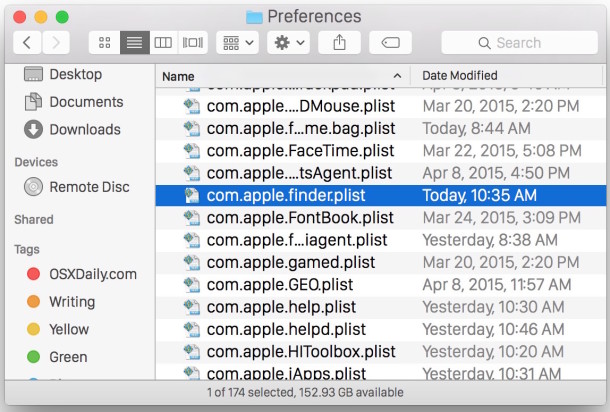Terminal User Guide
Preference and configuration files in macOS use property lists (plists) to specify the attributes, or properties, of an app or process. An example is the preferences plist for the Finder in the Library/Preferences/ folder of a user’s home folder. The file is named com.apple.finder.plist. The default naming convention for a plist includes the distributor’s reverse DNS name prepended to the app or process name, followed by a .plist extension.
The most advanced property list editor written for Mac OS X. Property list files are used throughout Mac OS X, and with PlistEdit Pro, users can easily change these files and exert finer control over their systems. You can use PlistEdit Pro in your. As of XCode 4 on Lion, Apple no longer supplies the Property List Editor application with the developer tools that come with Mac OS X. Instead, we are supposed to use XCode, a heavy, bloated IDE, to edit Apple's binary property lists, a common operation for administrators and developers alike. However, PLIST Editor comes in at a much lower price point (US$3.99 on the Mac AppStore). Its feature set covers all the necessities. Its feature set covers all the necessities. It can open property list files with file extensions other than.plist (for those pkginfo or recipe files you want to edit) and supports drag and drop and undo and even. Mac OS X 10.2 introduced a new format where property list files are stored as binary files. Starting with Mac OS X 10.4, this is the default format for preference files. Plist Editor Pro is a tool that can help you to reading and edit both XML format and binary format plist file under Windows system.
To edit property lists, use the defaults command-line tool. The defaults command is a powerful tool and, when you know the specific key and value in a property list you want to change, the defaults tool is very efficient.
The defaults tool works directly with the macOS preferences subsystem and is used by many apps in macOS to manage preferences and other settings. It can be built into shell scripts and lets you access preferences in the multiple domains that exist on a given computer.
Determine the names of the appropriate property list, key and values. For example, the name for the Dock’s property list is
com.apple.Dock.plist. (When invoking thedefaultscommand, omit the .plist extension.)Enter the values following the
defaultscommand:Restart the app or process, if necessary.
A simple way to do this is to use Activity Monitor to select the appropriate process, then click Quit Process. For this example, you would choose the process named Dock.
You can also edit property list files in Xcode, which provides a built-in property list editor. To use Xcode, double-click a .plist file in the Finder.
If you don’t have Xcode installed on your Mac, download it from the Mac App Store.
Property List Editor Mac Download

